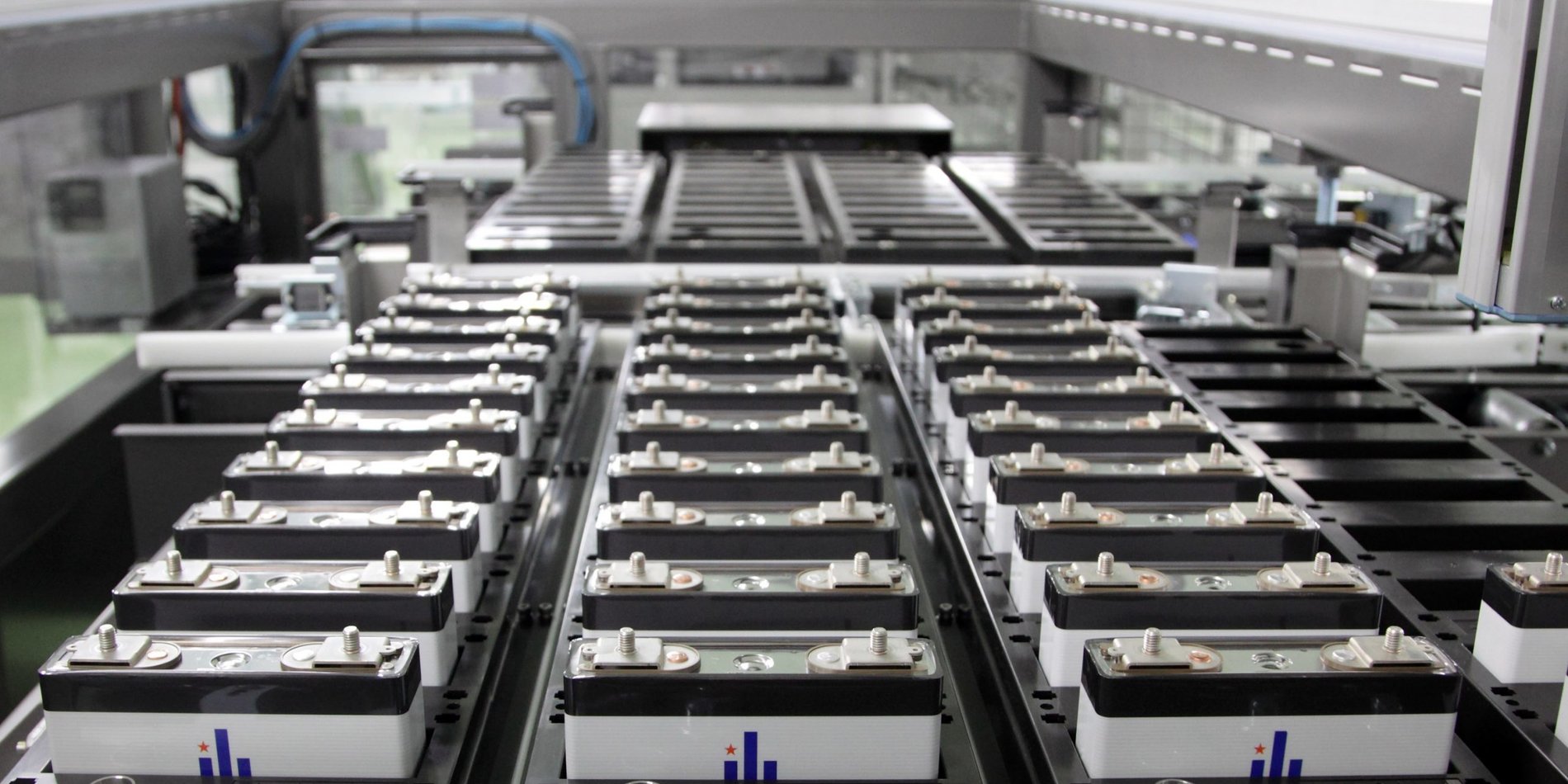Picture a windy night. Turbines are spinning, but power is cheap when demand is low. We only bank that value if storage is inexpensive. So the real question isn’t “Are renewables ready?” It’s “Will batteries be cheap enough, soon enough?”
A 2025 Nature Energy analysis by researchers from Stanford university gives the clearest map we’ve seen—and it’s refreshingly quantitative, and realistic – they model 6,000+ scenarios. The paper tests whether sodium-ion (Na-ion) batteries can compete on price with today’s lowest-cost lithium-ion (Li-ion)—not someday in theory, but across concrete technology roadmaps and raw-materials price paths. According to this study, Na-ion reaches price parity with low-cost Li-ion in many modeled cases during the 2030s, and under some conditions even earlier; the probability swings with mineral prices and engineering progress.
First, context. Li-ion has been a cost-decline miracle: average cell prices have fallen >97% since 1991, driven by “learning curves” (cost falls as cumulative production doubles) and smarter designs. Those same curves briefly reversed in 2022 when mineral prices spiked, then eased as commodities fell. Manufacturers have nevertheless announced >240 GWh of Na-ion cell factories by 2030, betting it can be cheaper because sodium is abundant and production can piggyback on Li-ion lines.
The authors do two important things.
One, they anchor costs to minerals floors—because commodity inputs set a hard limit beneath which prices won’t fall. Two, they let engineering steadily reduce materials intensity (how many kilograms per kWh), which pushes costs down as designs improve. That mix—learning curves plus physical floors—makes the forecasts feel sane.
What does this mean in pounds and pence (well, dollars per kWh)? On the Li-ion side, the team’s baseline for LFP (the cheapest mainstream Li-ion chemistry) trends toward ~$80/kWh by 2030 under mid-range lithium prices, and ~$45/kWh in a low-lithium scenario—numbers that show just how sensitive packs remain to commodities.
On the Na-ion side, two levers dominate:
- Raise energy density. Higher energy per kilogram means fewer materials per kWh, which means cheaper cells. The paper’s sensitivity analysis ranks energy-density improvements among the largest price levers for Na-ion by 2030–2040. Roadmaps tested include steps like increasing anode capacity to ~400 mAh/g and modestly raising cut-off voltages (to roughly 4.2–4.25 V), which together cut materials intensity.
- Manage minerals risk. When lithium carbonate climbs to around $50,000/tonne (LCE) and stays elevated, >55% of Na-ion roadmaps deliver a price advantage over LFP before 2035. If lithium sits near $10,000/tonne, very few Na-ion cases beat LFP unless graphite supply tightens and prices jump. In short: supply chains move the goalposts.
Here’s the headline investors and grid planners care about: more than 40% of all modeled scenarios reach price parity in roughly the next decade, with an average “parity period” on the order of five to six years once trajectories converge. That doesn’t guarantee victory in any single year—but it shows a large zone where storage gets cheap enough, fast enough, to matter.
How can we materialize this?
Back the right R&D targets. Fund the boring, high-leverage work: cathode/anode changes that lift specific capacity, modest voltage increases that don’t compromise safety, and electrolyte tweaks that enable both—because these steps most reduce Na-ion materials intensity and cost. According to the authors, engineering progress beats hoping that minerals stay cheap.
Use Li-ion factories to scale Na-ion. The study assumes “drop-in” compatibility with existing Li-ion manufacturing—meaning we can ramp Na-ion without building every tool from scratch. That lowers capex per GWh and accelerates learning.
Aim Na-ion where it wins first. Na-ion’s lower energy density is fine for stationary storage, two-/three-wheelers, and value EV trims. Early volume in those segments pushes down costs for everyone.
Hedge the supply chain. Procurement that diversifies lithium and graphite exposure (and certifies substitutes) isn’t just risk management; it pulls Na-ion forward in scenarios where Li-ion’s inputs are tight. According to the analysis, minerals shocks were the difference between “not competitive” and “wins by the mid-2030s.”
Keep our eye on the real metric. For grids and fleets, the number that matters is $ per kWh delivered, over time—not a lab record. The study’s LFP path to ~$80/kWh (and even ~$45/kWh in a soft-lithium world) suggests that, with or without Na-ion, storage keeps getting cheaper; Na-ion simply widens our path to low costs and resilience.
The takeaway
We don’t need a miracle; we need incremental engineering plus supply-chain realism. According to the Nature Energy study, do those two things and a substantial share of futures deliver parity within a decade—and, in many of them, advantage soon after. That’s enough to plan more wind, more solar, and more reliability—without waiting for magic.
